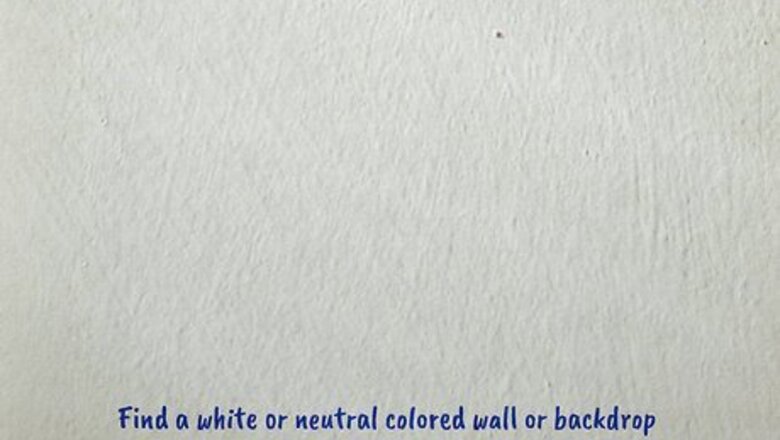
views
X
Research source
Most of the time, the aura is seen as layers of color around the subject. If you want to become an aura reader, it takes a considerable amount of practice. This article is for beginners with an open mind.
Creating the Right Environment
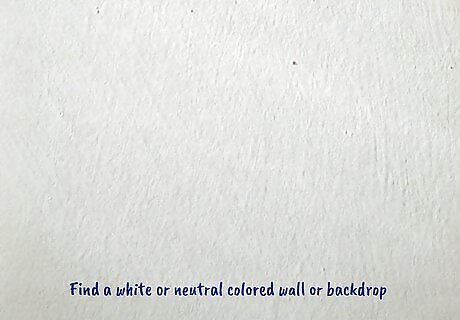
Find a suitable background. In order to properly see the vibrant colors of your or someone else's aura, you need a neutral colored background. Find a white or neutral colored wall or backdrop. If you are trying to read your own aura, you will also need a mirror. If you don't have a mirror, you can read the aura around your hand by placing it in front of a white surface or piece of paper. Make sure you are in a comfortable, quiet environment. You need to be able to concentrate and focus on your subject without interruption.
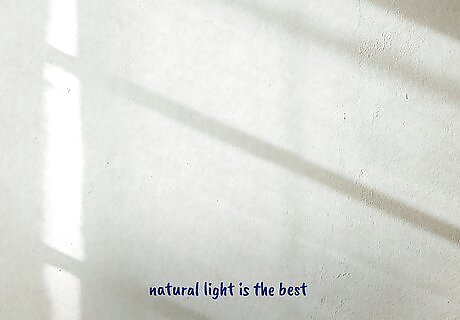
Find the proper lighting. You need soft light that isn't too light or too dark. You need to ensure that your eyes are comfortable with the level of light so your eyes will not have to strain or be overly stressed by the light. Natural light is the best, but you can use candles or lamps to get the right concentration of light needed.

Position your subject. If you're trying to read someone else's aura, make them comfortable in front of the white background and explain what you'll be doing. Have them wear solid colored clothes that aren't too patterned or distracting. If you are attempting to read your own aura, look at yourself in front of the mirror while standing or sitting against a white background.
Reading Your Subject
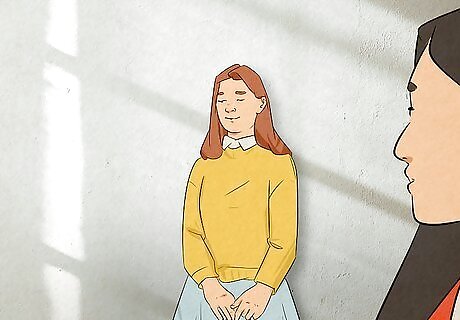
Look at your subject. As you gaze at your subject, relax your eyes. Pick a spot to stare at, staring for 30 to 60 seconds. Focusing on the areas in your peripheral vision, let your eyes fall a little out of focus. You may start to see a haze around the edges. It might seem like a transparent or white light. After a short time, this can become the color of the aura. When you first start, focus on a small area. On a subject, it may help to look for the aura around the subject's head, using their forehead as a focal point. If you are trying to read your own aura, you can focus around your head or gaze at the tips of your fingers against white paper. In this case, use the fingernail as your focal point.
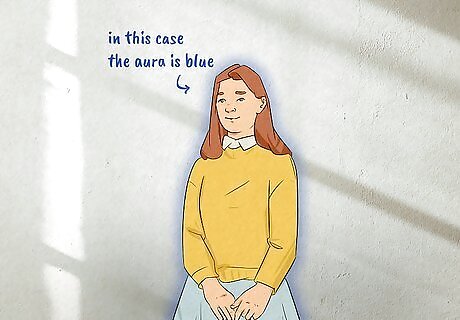
Determine visible colors. If you start to see colors, they may be clear and bright, or cloudy and muddy. Some people, especially beginners, can only see one dominant color while others may see multiple colors. The longer you work at reading auras, the more colors and variations it is possible to see. It just takes time and practice.
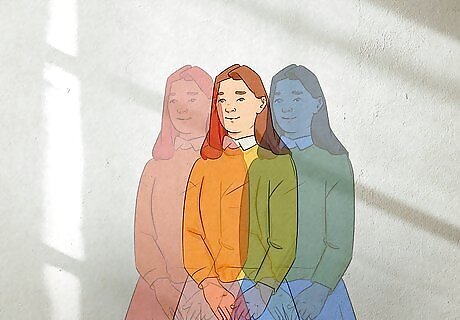
Be conscious of after-images. Staring at the same spot will produce after-images that are the direct inverse of what you are actually gazing at. After-images are not auras. You'll know the difference because the after-image will appear for a short time in front of your eyes,no matter where you look. After-images are typically color paired: black and white, red and turquoise, orange and blue, yellow and violet, and green and pink.
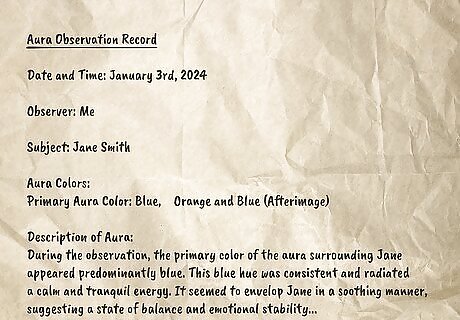
Record what you see. Drawing a body outline and then shading in colors around it can be a fun way of recording what you see for later analysis. It's also something to show your subject so they can relate to what you're seeing. Some colors seen in auras are hard to recreate in an artistic medium. Just get as close as you can, but describe any differences somewhere on the page.
Interpreting the Aura Colors

Understand the red aura. According to those who read auras, individuals who have a red aura tend to be energetic, enthusiastic, adventurous, and temperamental. They can be strong, competitive, and good at sports. They are typically direct, forthright, and honest, but they typically need to be number one.

Know the yellow aura. As described by those who understand auras, people with a yellow aura seem to be intelligent, analytical, inventive, logical, overly critical of themselves and others, eccentric, and motivated, but might become workaholics. They often choose their friends carefully and are not prone to loneliness. They might be more likely to undergo depression and become withdrawn under certain pressures. They can be confident and handle themselves well in front of crowds.

Interpret the pink aura. Those that read pink auras have described these individuals as generous, loving, caring, loyal, healthy, and romantic. Typically, once they find their mate, they remain loyal. They usually welcome family and friends into their homes and can be gracious hosts. They seem to have high morals and don't tend to stand for injustice in the world.

Analyze the blue aura. Those who read auras describe people with blue auras as great communicators with the tendency to be intuitive, eloquent, charismatic, intelligent, organized, and inspirational. They might want a balance of their head and heart to make tough decisions, and tend to help alleviate anger in others and are peacemakers.
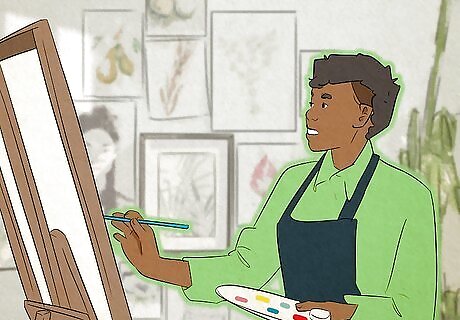
Understand the green aura. These individuals, according to aura readers, can be extremely creative, hard working, determined, realistic, popular, prosperous, and respected. People with green auras might be perfectionists associated with practical beauty in the things around them, such as gardening and cooking.
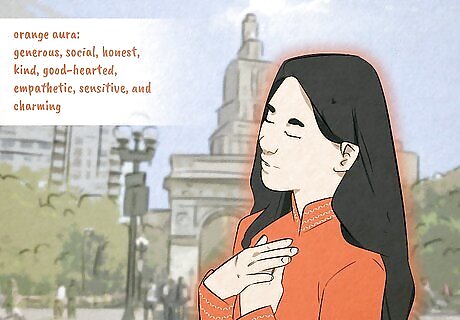
Know the orange aura. Those who have an orange aura have been described as typically generous, social, honest, kind, good-hearted, empathetic, sensitive, and charming. They might also be impatient and quick to end relationships. They can be quick tempered but they also easily forgive and forget.

Interpret the purple aura. Those said to have purple auras can be sensitive, mysterious, philosophical, intuitive, knowledgeable, admirable, and in tune with animals and nature. They might be selective with their friends and keep them close. They tend to be unlucky in love, but they are typically devoted once they find a match.
Analyze the gold aura. If someone is described as having a gold aura, they're typically enlightened, wise, and kind. They're also most likely confident and strong thanks to their discipline and commitment to excellence in life.[Image:Read an Aura Step 15 Version 2.jpg|center]]

Understand the other auras. Individuals that read auras have found a few other colors that exist, but these are not as prominent. They consider these types of auras negative auras based on the personality traits associated with them. The brown aura is read as two different shades. The light brown aura is associated with discouragement, confusion, and a lack of confidence in oneself, the situation, or others. The dark brown aura denotes deception and selfishness. The black aura is associated with hatred, depression, and major illness. Individuals with a black aura can be considered miserly and cheap.

















Comments
0 comment